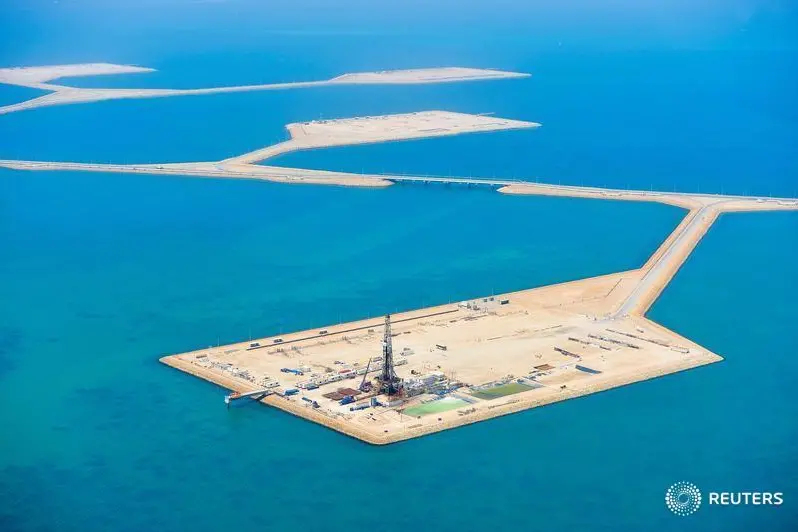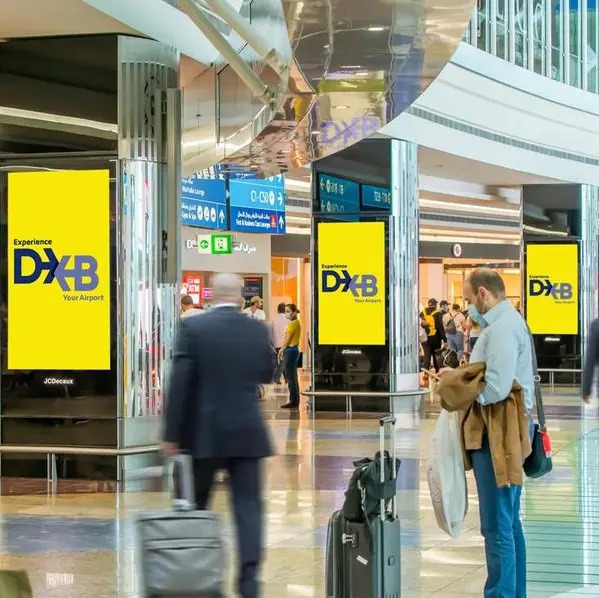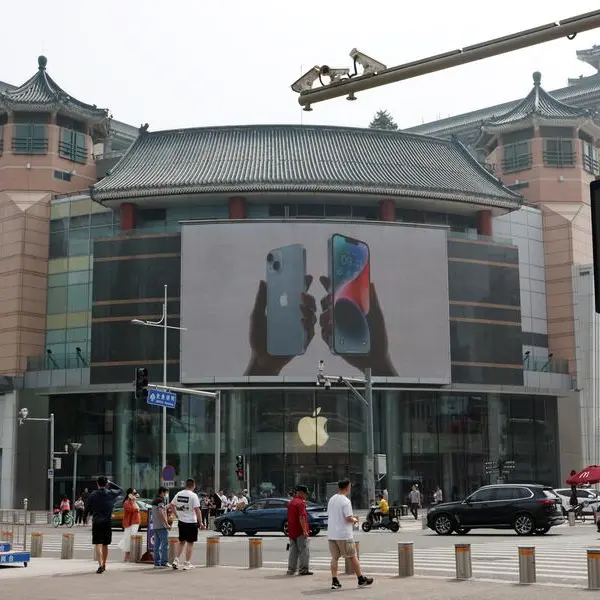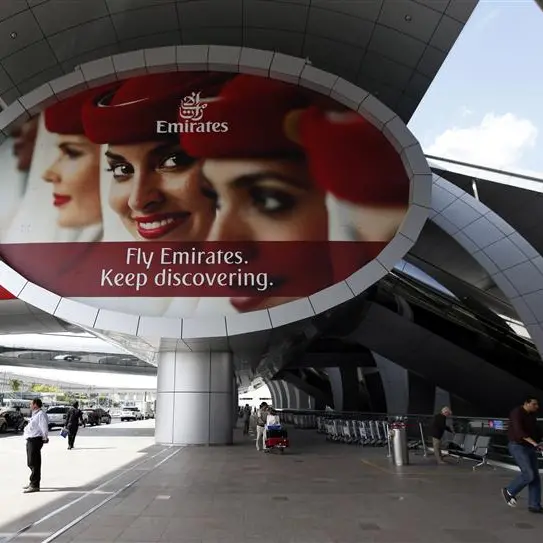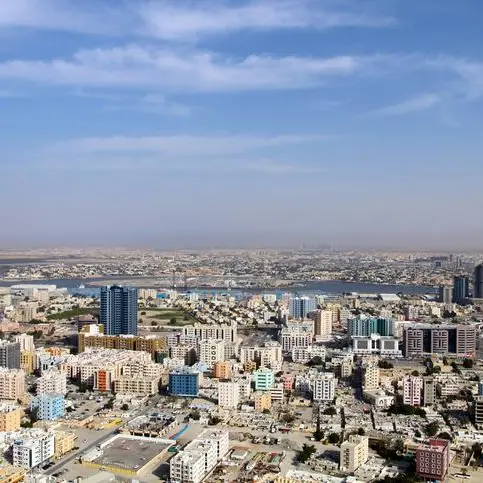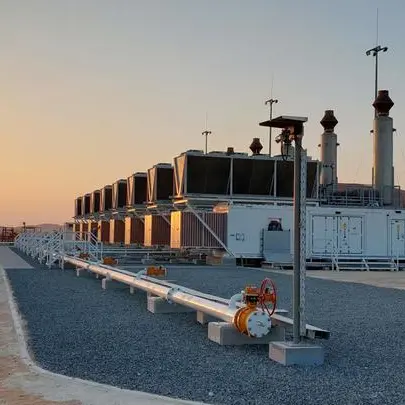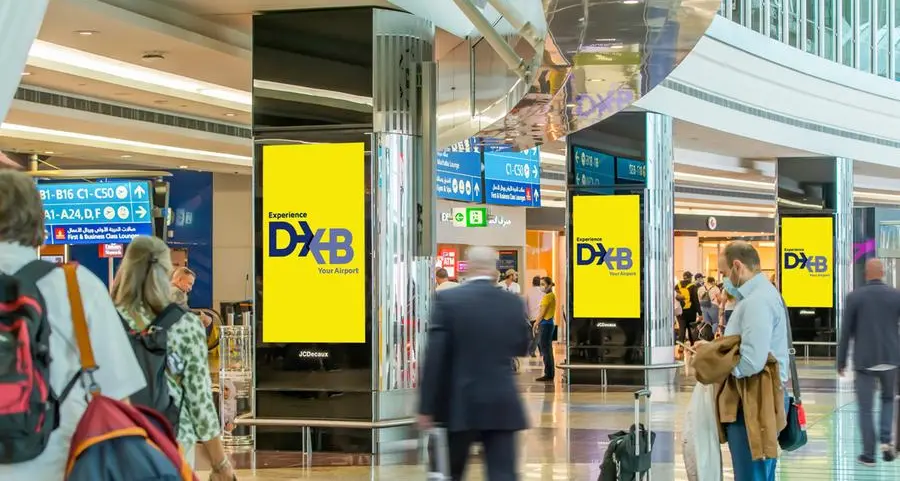PHOTO
(John Kemp is a Reuters market analyst. The views expressed are his own)
LONDON, March 7 (Reuters) - By restraining production, OPEC and its allies have succeeded in eliminating excess oil stocks and accelerating the recovery in prices, but they are paying an increasingly high price in terms of market share.
U.S. producers will capture all the growth in global oil consumption this year, according to forecasts from the U.S. Energy Information Administration ("Short-Term Energy Outlook", EIA, March 2018).
The agency predicts total crude and liquids production will rise by 2.0 million barrels per day (bpd) in 2018.
Over the same period, global consumption is expected to rise by just 1.7 million bpd, ensuring the United States captures all of the demand increase this year.
Surging U.S. shale production is starting to resemble the last boom, when production rose by 1.0 million bpd in 2012, then 1.2 million bpd in 2013, and another 1.8 million bpd in 2014.
During the last boom, U.S. producers captured most of the increase in global demand, pushing the market towards surplus and creating conditions for the subsequent slump in prices.
Something similar could happen again. The parallels between the last shale boom and the current surge are uncomfortably close, and the bad news for OPEC does not stop there.
The latest forecasts from the International Energy Agency (IEA) show U.S. shale and other producers outside the OPEC/non-OPEC agreement capturing all the growth in global oil demand through the end of the decade.
Global consumption is forecast to increase by a total of 3.7 million bpd between 2017 and 2020, according to the IEA (“Oil 2018: analysis and forecasts to 2023”, IEA, March 2018).
But U.S. oil production is predicted to increase by almost 3.0 million barrels over the same period, while output from Brazil adds another 700,000 bpd.
Rising production from the United States, Brazil, Canada and Norway, all of them outside the OPEC/non-OPEC agreement, will ensure the global market remains well supplied through 2020.
As a result, demand for OPEC crude is set to dip slightly in 2018, recover in 2019, then dip again in 2020, the IEA says.
According to the agency’s medium-term market forecast, there will be no sustained increase in demand for OPEC crude until at least 2021 or 2022.
Even that outlook may be too optimistic for OPEC.
TROUBLE AHEAD
The IEA may be under-estimating non-OPEC production, and over-estimating global consumption, both of which could lower demand for OPEC crude compared with the baseline.
The IEA forecasts for shale production are conditioned on the current forward price curve, which shows Brent prices falling to $58 per barrel by 2023.
However, the oil industry is cyclical. If prices rise, rather than fall, in the next few years, U.S. shale production could grow even faster than the IEA predicts, and demand for OPEC crude would be correspondingly lower.
OPEC itself shows every indication of trying to raise oil prices further by reducing its target for global oil inventories and maintaining its output cuts, which threatens to accelerate shale production even more.
On the demand side, any long-term forecast must take into account the macroeconomic cycle and possibility of a slowdown in the United States, China or the world economy at some point in the next five years.
The IEA’s consumption forecast, which is based on GDP projections from the IMF, assumes global economic growth will remain steady at around 3.7 percent per year through 2023.
But the U.S. economic expansion is already the third-longest on record and if it continues will become the second-longest in May 2018 and the longest in July 2019.
Most cyclical indicators (including unemployment, capacity utilisation, wages, prices and credit markets) suggest the expansion in the United States and other OECD economies is now fairly mature.
To assume the global economy will continue growing steadily for another five years is therefore fairly risky and could prove over-optimistic.
STAYING THE COURSE
For the last 40 years, OPEC’s production policy, under the de facto leadership of Saudi Arabia, has alternated between supporting prices and defending market share.
In an ideal world, OPEC would like to protect both, but in practice, the two objectives are in tension with one another.
Between 2011 and early 2014, OPEC focused on supporting prices, despite losing market share to U.S. shale firms.
Starting in June 2014 and lasting through June 2016, the organisation switched to focus on protecting and rebuilding market share, allowing prices to collapse.
Since December 2016, OPEC and it’s non-OPEC allies have reverted to price defence, accepting a reduction in their market share again.
OPEC policy is cyclical, so at some point the focus will revert to market share, when the loss of customers becomes too painful.
But there are several reasons to think the switch might be delayed this time around.
$2 TRILLION QUESTION
OPEC has always been slow to react to changing market conditions. After previous price slumps, the organisation allowed the market to tighten too much rather than risk not tightening it enough.
By allowing prices to rise too far for too long, OPEC has normally created conditions for the next downturn.
At the moment, however, the current price-led strategy is still paying short-term dividends for the organisation’s members, including Saudi Arabia.
Higher prices are more than offsetting the loss of sales volumes. So there is no pressure to switch course.
More importantly, the kingdom seems to want a high and rising oil price to provide a favourable backdrop and maximise the valuation for the sale of shares in Aramco later this year or in 2019.
It is very questionable whether either the current spot price of oil or forward curve is strictly relevant to the valuation of Aramco.
The company has proved reserves equivalent to almost 60 years of production at the current rate ("Statistical Review of World Energy", BP, 2017).
The company’s valuation, therefore, depends on a long-term view of oil prices through multiple cycles, rather than the current price, as well as its tax treatment and other factors.
But senior policymakers seem to have become convinced short-term price dynamics do in fact matter for valuation ("For timing of Aramco IPO, watch forward price curve", Reuters, Feb. 19).
Crown Prince Mohammed bin Salman has said the company has a value of $2 trillion, so officials are making every effort to prove him right.
The political imperative to keep oil prices high to achieve a satisfactory valuation may be distorting the decision-making process.
Political considerations may be encouraging Saudi Arabia to allow the oil market to over-tighten, prices to over-shoot, and sacrifice too much market share.
As long as the equity sale is pending, the kingdom’s policy is likely to remain focused on boosting prices.
Once the sale is complete, it may belatedly start to worry about its eroding market share.
But the big complication will arise if U.S. output grows too fast, or oil consumption decelerates, before the Aramco sale is done.
(Editing by Louise Heavens) ((john.kemp@thomsonreuters.com; +44 207 542 9726 and on twitter https://twitter.com/JKempEnergy))
